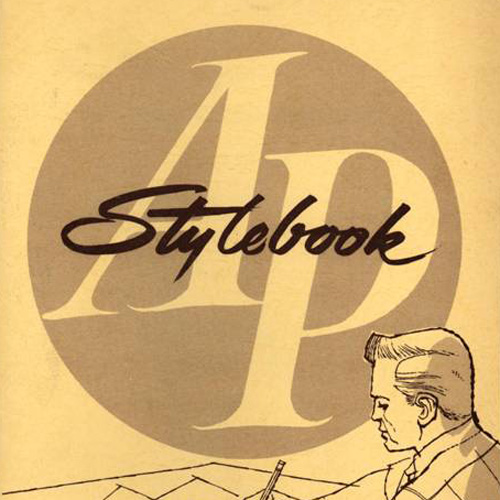One small result of the recent earthquake in Nepal was a change in how many news organizations refer to its capital, from “Katmandu” to “Kathmandu.” (The pronunciation is the same, with the “th” acting like the “th” in “thyme.”)
The Associated Press actually moved before the quake, sending an advisory about the change on March 24. Last week, The New York Times followed suit, citing the AP’s change as well as the change in the fifth edition of the dictionary used by both organizations, Webster’s New World College Dictionary.
Actually, they’re all about 60 years behind the times. As this Google ngram shows, the vast majority of book citations since the mid-1950s have been to “Kathmandu”:
Since these are book citations, we can make an educated guess that the rapid rise of “Kathmandu” is tied to the Nepalese revolution in the early 1950s, which brought Nepal into the world eye. That was the spelling favored by natives and the British, but not Americans, in dictionaries and stylebooks, until recently.
As we’ve discussed, the spelling of non-English names often differs across publications, based on their own stylebooks.
A stylebook is intended to give a publication a standardized set of references where choices in spelling, grammar, identification, and tone exist. Is it “Web site” or “website”? A matter of style. Can you write that four-letter word, or do you use hyphens to replace the bad part (bull—-), write around it (a barnyard epithet) or go all Watergate on it (expletive deleted)? That’s style. Whether to use a serial comma, as we’ve said repeatedly, is a matter of style, not grammar, except when failure to use one creates confusion.
But as we’ve also said, a stylebook should be a guidebook, not a rulebook. Knowing why the stylebook chooses one way or another can help writers and editors decide whether a particular style applies in a particular instance.
For example, the AP changed its style about a year ago to require that, with a few exceptions, state names be spelled out after city names in articles. Instead of “Columbia, Mo.,” it should be “Columbia, Missouri.” That change caused much consternation, since a full name takes up space, and we all know what “Mo.” stands for, right? But knowing why the AP made the change can be a guide to writers or publications on whether to follow it: “This change will improve consistency and efficiency for domestic and international stories, eliminating the need to spell out all state names in international copy, and to abbreviate them in domestic copy,” the advisory announcing the change said.
In other words, the change was made to save AP the time it takes to edit a story one way for a domestic audience and another for an international audience. It had nothing to do with language, usage, or understanding.
A publication can decide to ignore this style rule and continue to abbreviate states after cities, though that creates more work for someone at the local level, who has to edit AP copy to abbreviate state names. Most publications already have local style guidelines—how to refer to neighborhoods, for example, or whether to omit the mayor’s first name—even if they use AP or another stylebook as a base, so there is precedence. Indeed, many US publications have chosen to continue to abbreviate state names.
A few times, we’ve heard editors say their publications do not use accents, italics, or boldface “because AP doesn’t use them.” But AP does not use them because not all the computer systems at its receiving publications can translate them; the stylebook says, “they can cause garbled copy for some subscribers.” That prohibition includes some other special characters like asterisks (*), bullets (•), and brackets ([]). But chances are good that the publishing system can handle those characters, so citing AP style is not a good reason for avoiding them.
As is true of most “rules,” knowing why one exists can help you decide if it’s a good rule or a bad rule, or when to follow it. For example, if you’re quoting songs from Cat Stevens or Bob Seger, leave out the “h” from “Katmandu,” for the history.
Merrill Perlman managed copy desks across the newsroom at the New York Times, where she worked for twenty-five years. Follow her on Twitter at @meperl.

